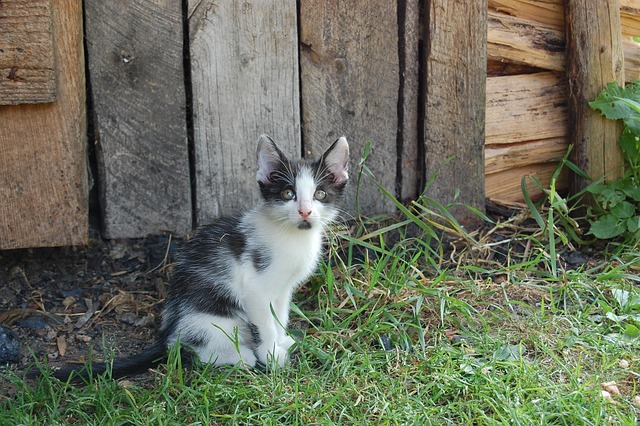When designing custom sheds, selecting robust materials is vital for longevity. While traditional wood adds natural beauty, it requires frequent maintenance due to rot, pests, and weather damage. Modern alternatives like steel and vinyl offer superior durability with minimal upkeep. Steel excels in resisting strong winds and snow loads, while vinyl prevents fading, cracking, and peeling. Choosing the right material based on climate, use, and style ensures your custom sheds not only endure but also enhance your outdoor space with low maintenance.
Custom sheds are not just storage solutions; they’re investments that demand longevity and durability. This guide explores how to design and build custom sheds that can weather any storm. From selecting robust materials like wood, metal, or vinyl, to incorporating smart design elements for resistance against harsh weather, we break down the keys to enduring shelter. Learn about factors to consider, from ventilation and drainage to protective features like siding, windows, and doors. Discover how to create a custom shed built to last.
Choosing Materials for Maximum Durability
When designing custom sheds, selecting the right materials is paramount for achieving maximum durability. Traditional options like wood have long been a favorite due to its natural beauty and relative affordability. However, modern alternatives such as steel and vinyl offer superior longevity against rot, pests, and extreme weather conditions. For instance, steel sheds are known for their robust construction, capable of withstanding strong winds and heavy snow loads without compromise. Similarly, vinyl sheds provide an excellent resistance to fading, cracking, and peeling, ensuring they maintain their aesthetics over years of use.
Moreover, the choice of materials should consider factors like maintenance requirements and cost-effectiveness. While wood requires regular painting or staining to prevent damage, steel and vinyl shed owners enjoy low-maintenance advantages, necessitating only occasional cleaning. This makes custom sheds built with durable materials a wise investment for homeowners seeking long-term solutions that enhance outdoor spaces without constant upkeep.
– Exploring options: wood, metal, and vinyl
When designing custom sheds for durability, one of the first decisions to make is choosing the right material. Traditional options include wood, metal, and vinyl—each with its own strengths and weaknesses. Wood offers a natural, classic aesthetic, but requires more maintenance due to factors like rot, insects, and weather changes. Metal, particularly steel, provides superior strength and corrosion resistance, making it ideal for harsh environments, yet can be prone to rust if not properly treated. Vinyl, while low-maintenance, may not withstand extreme temperatures or offer the same level of structural integrity as wood or metal.
Exploring these options with a focus on your local climate, intended use, and personal style will help guide your decision for custom sheds that not only stand the test of time but also enhance your outdoor space.
When it comes to custom sheds, durability is key. By carefully choosing materials like high-quality wood, robust metal, or long-lasting vinyl, you ensure your shed stands the test of time. These options offer not only strength but also aesthetic appeal, allowing you to create a sturdy and stylish addition to your outdoor space. Invest in a custom shed today, and enjoy its longevity for years to come.
